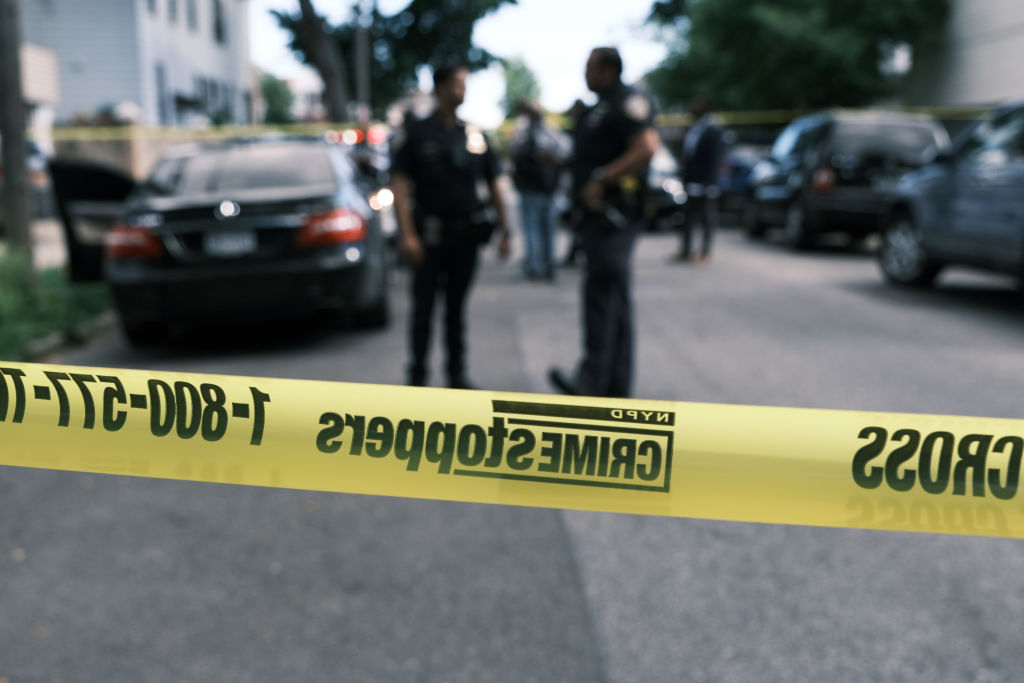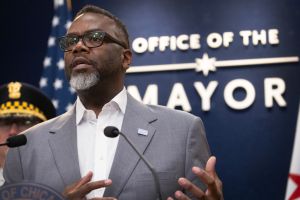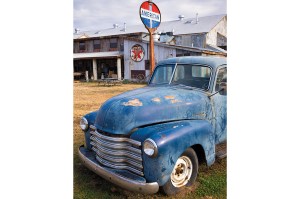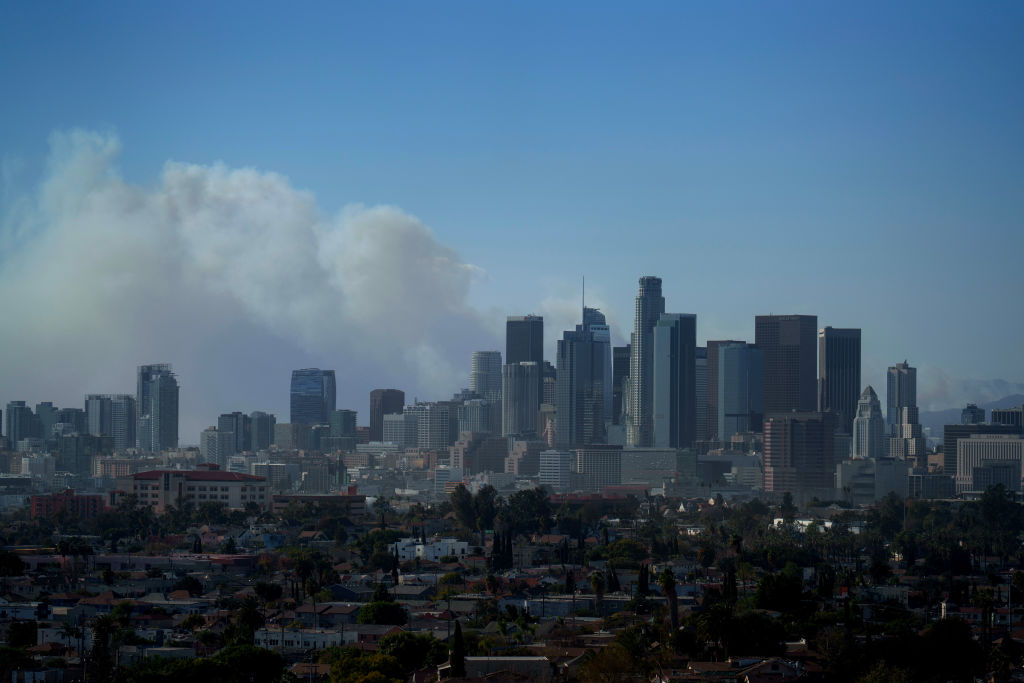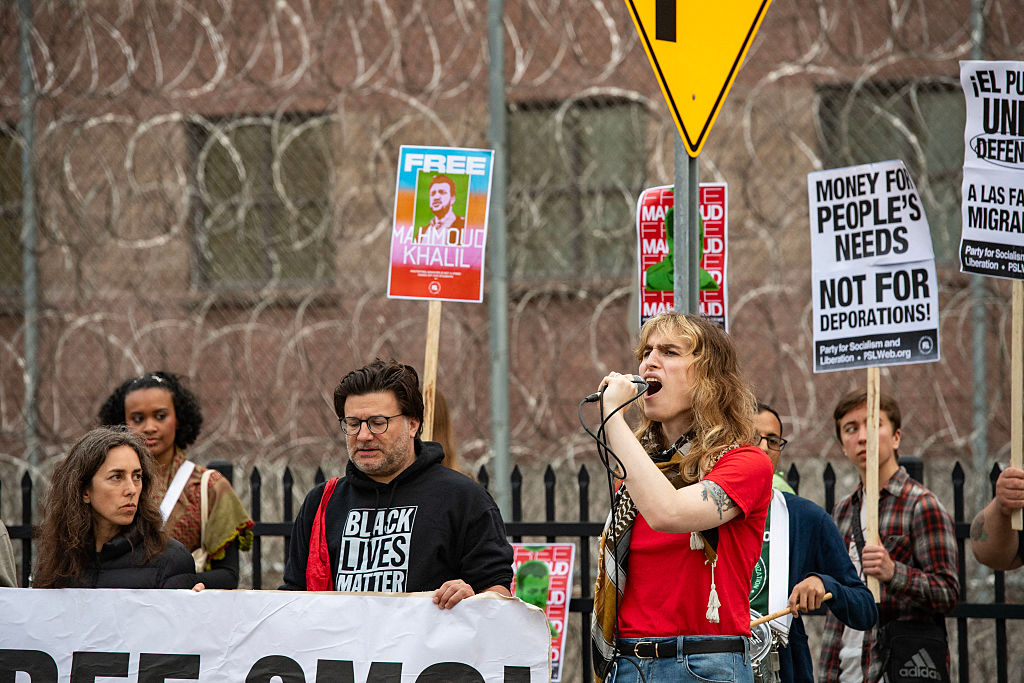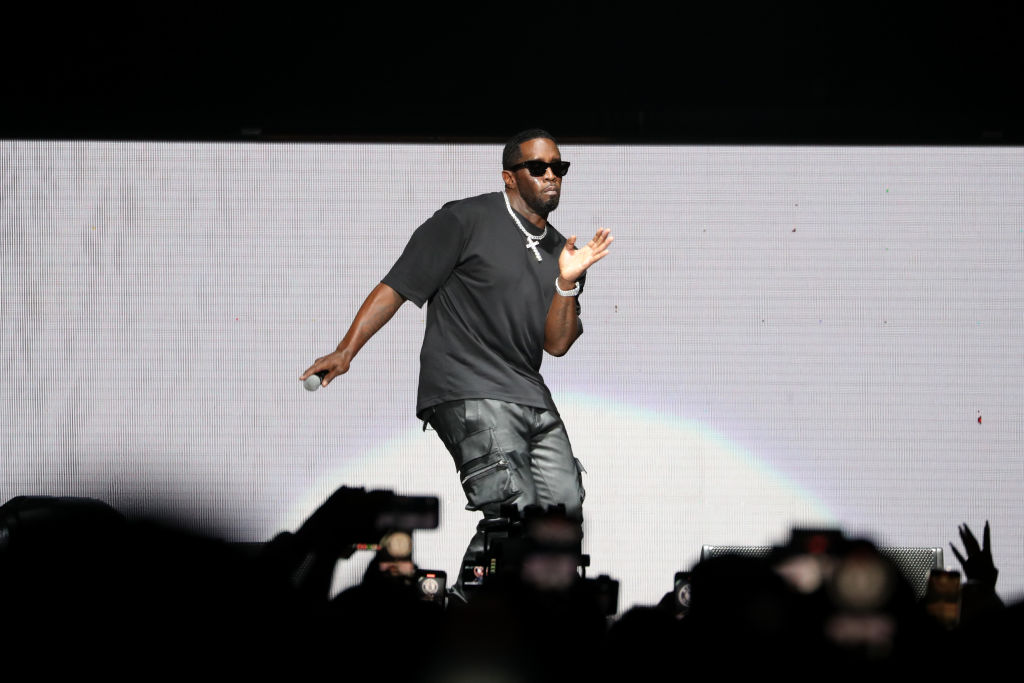Just before 11 p.m. on Tuesday June 1, 18-year-old Kennedy Hobbs of Jackson, Mississippi stopped at a gas station off of Medgar Evers Boulevard to gas up. She had graduated from Murrah High School in Jackson that same day and was on her way to a graduation party. While at the gas station, she made a phone call. While talking, she was shot multiple times by an unknown person and died on the scene. Details are murky and police are still investigating, but at this time it doesn’t appear that Hobbs knew the shooter.
Like many other cities, Jackson, whose population is almost 82 percent black, has experienced a surge in violent crime over the past two years. Its murder rate is one of the highest in the country. As a disturbing addendum to the story of Hobbs’s murder, in April her boyfriend, Jaquan Williams, was shot to death in broad daylight in a convenience-store parking lot in Jackson after an altercation with an unknown assailant. No arrests have yet been made. Hobbs had visited Williams’s grave shortly after her June 1 graduation ceremony, just hours before her own death.
Writers have drawn analogies between conditions in America’s inner cities and slum districts in cities of the so-called Global South for decades. Some such analogies are more plausible than others, but they all tend to focus on characteristics said to be shared to varying degrees between populations living in certain neighborhoods in Jackson or, say, on the south and west sides of Chicago, and squalid parts of Manila, Rio de Janeiro, Johannesburg, Port-au-Prince, Nairobi, Port Moresby, et cetera. These writers point to attributes such as high levels of poverty and unemployment, poor levels of educational attainment, high levels of infant mortality, poor public health, low life expectancies and high levels of violent crime.
In assessing the overall validity of such analogies, each of the above features merits its own discussion. Here the focus will be on the last, violent crime, the levels of which have skyrocketed in many US cities in the year since George Floyd’s death in Minneapolis. Whether such levels will remain high going forward is an open — and extremely complicated — question, but right now the levels and psychic costs of violent crime in many US cities are, well, criminal, so much so as to give the ‘third world’ a bad name. In some very fundamental ways, the rates are more indicative of what you might find in a failed state.
A little over a century ago the great German sociologist Max Weber published a famous lecture entitled ‘Politics as a Vocation’ wherein he defined a state as a ‘human community that (successfully) claims the monopoly of the legitimate use of physical force within a given territory’. Weber emphasized the monopolization of violence because he realized that without safety and order — backstopped by force or the threat of force by a sanctioned political organization with continuous operations known as a state — both civil and civilized life are impossible. Although some earlier theorists anticipated Weber’s position, he is the person most closely associated with this definition, which has been subject to qualifications and challenges, but is still accepted by many today as a touchstone.
Using Weber’s criterion, it is an open question whether many inner-city areas of US cities are part of the American state, at least in the same way as other ‘human communities’ are. Some would argue that state power has failed to be fully legitimated in inner cities and, clearly, it has been a long time since violent force affiliated with the state — the police, most notably — has monopolized violence in them. Instead, non-state forces of one kind or another, whether gangbangers or freelance hoodlums and pillagers, have run roughshod over many inner-city communities, rendering the state’s purported monopoly on violence into a bloody free-for-all.
The inhabitants of inner-city neighborhoods are hardly blind to the carnage hyper-competitive violence has wrought. Contrary to proponents of the ‘Defund the Police’ slogan, most blacks, including those living in inner cities, value having the police around, as Jason Riley among others has often pointed out. Inner-city blacks may question police behavior at times, but they know full well that blacks comprise the group most likely to be victimized by the minority in their midst who have embraced ‘the thug life’, as the distinguished Harvard sociologist Orlando Patterson labeled it in 2015.
In 2018 — even before the spike in violent crime in this country — blacks, who comprise about 13 percent of the US population, accounted for 48 percent of murder victims. With these statistics in mind — and compelling data provided by economists such as Alex Tabarrok, Roland Fryer and Anthony O’Brien — it is not surprising that more sober elements in the Democratic party, seeking voters, have recently been easing away from the ‘Defund the Police’ blather. Unfortunately flocks of professors, often roosting on tenured perches in gilded academic cages, continue to follow the BLM line and chirp, or more to the point, tweet ‘defund the police, defund the police.’
I began with a disheartening and dispiriting story about Kennedy Hobbs. I’ll end by evoking a writer with a similar last name, albeit spelled a bit differently: Thomas Hobbes, the 17th-century English political theorist. In Leviathan Hobbes famously postulated what would happen were state authority to break down completely, forcing people to live in what he called ‘the state of nature’: anarchic violence would reign and the lives of humans would perforce be rendered ‘nasty, brutish and short’. Our inner cities haven’t reached the state of nature yet — and there are in fact numerous innovative approaches being tried around the country to stem the violent tide — but tired calls to defund the police aren’t helping in the least.
Peter A. Coclanis is a member of the history department and director of the Global Research Institute at UNC-Chapel Hill.



